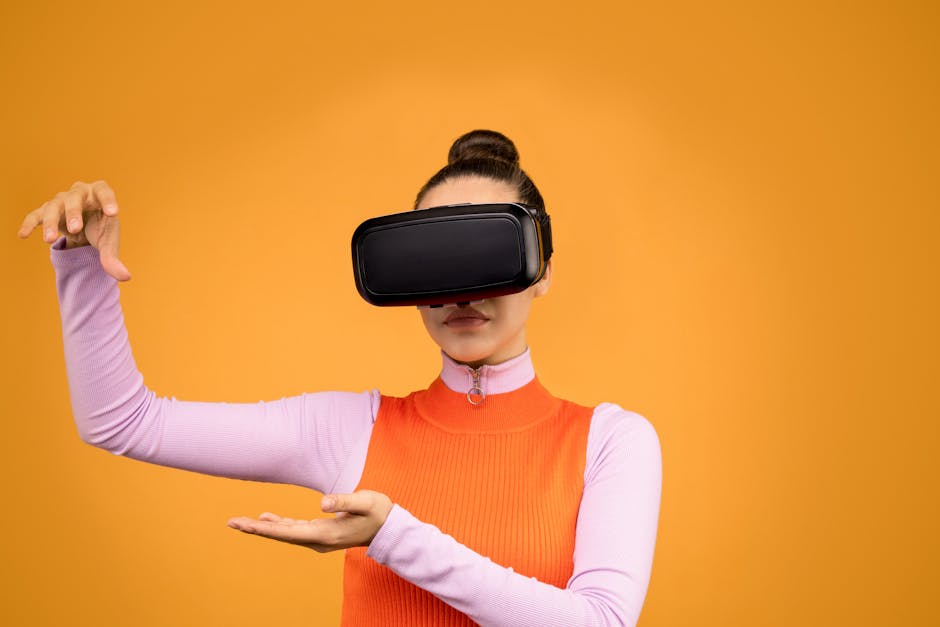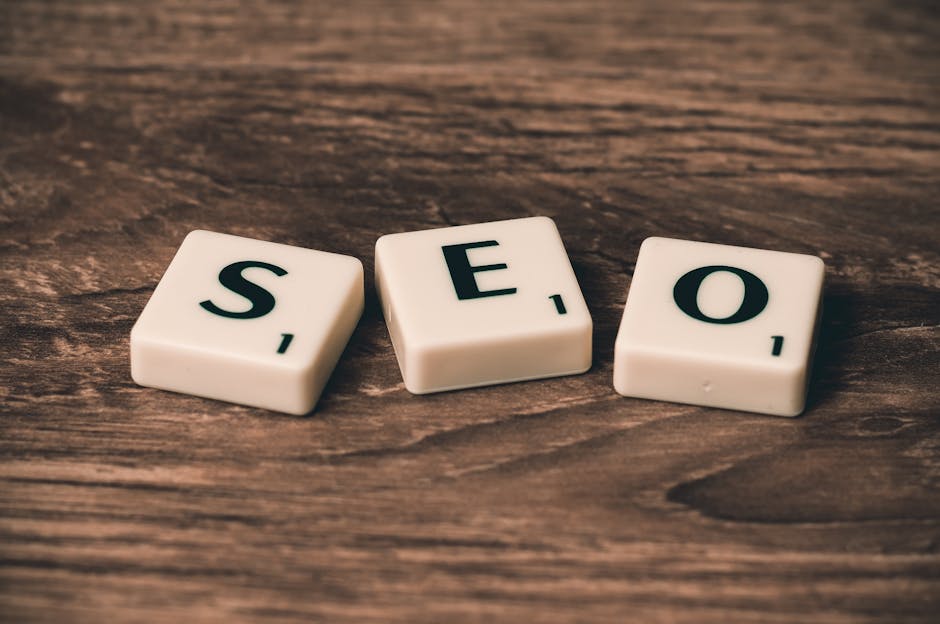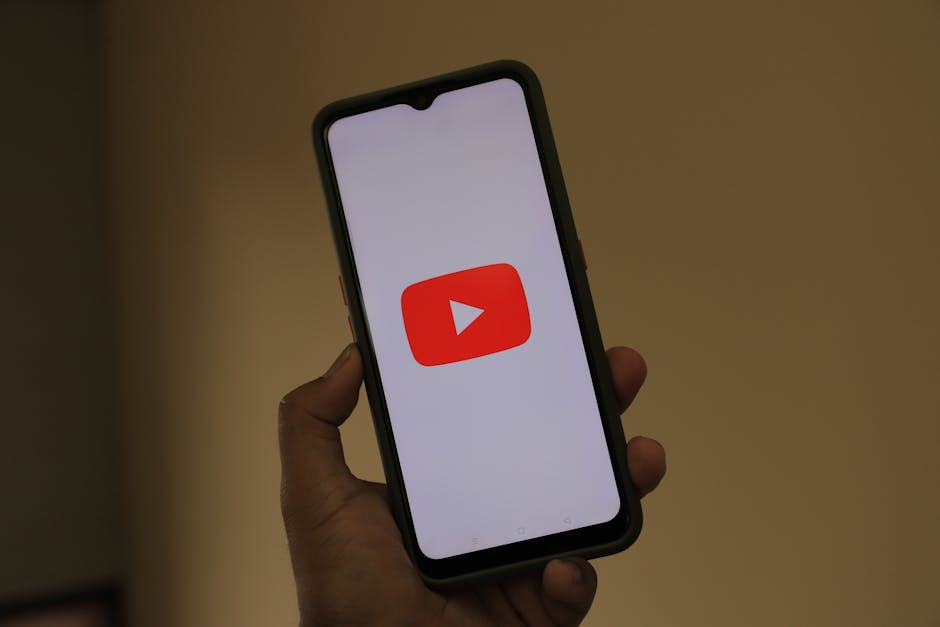Unlock Augmented Reality: Transform SEO with Immersive Brand Journeys
In a world where digital marketing strategies evolve at lightning speed, the integration of Augmented Reality (AR) into Search Engine Optimization (SEO) is creating waves of innovative user engagement. No longer confined to mere visual enhancements, AR is reshaping the user experience, offering brands an opportunity to craft immersive brand journeys that resonate deeply with consumers. The power of AR in SEO presents an uncharted frontier where interactivity marries traditional marketing strategies, leading to transformative results. Let’s delve into how you can harness this cutting-edge technology to elevate your SEO game and create unforgettable user experiences.
Augmented Reality: The New Playground for Digital Marketers

Imagine browsing a furniture website and being able to visualize that beautiful oak dining table in your own space before making a purchase. That’s the magic of AR—a technology that overlays digital information in the real world through smartphones or AR glasses. As we advance towards a more visually-driven digital era, this technology enables a seamless blend of physical and digital experiences, fundamentally altering how consumers interact with brands.
Adopting AR within your SEO strategy allows brands to differentiate themselves amidst a saturated market. According to a report from Gartner, by 2025, over 70% of marketing professionals will leverage AR as an essential tool in their campaigns, driving the necessity for brands to adapt quickly. The ability to offer interactive content not only captures user attention but enhances customer engagement and retention. Here, we’ll explore how AR reimagines user experiences and influences various facets of digital marketing.
Enhancing User Engagement Through Interactive Experiences

As attention spans grow shorter in the digital landscape, the need for engaging experiences is more significant than ever. Augmented reality captures user interest by transforming mundane browsing sessions into captivating journeys. Studies show that interactions involving AR have a higher retention rate, making users more likely to remember a brand that incorporates this technology.
For example, online retail giants like IKEA have seen tremendous success with their AR application, IKEA Place. This tool allows users to visualize furniture in their living spaces before purchasing. By providing a realistic view of how the item fits, color contrasts, and overall aesthetics, IKEA not only increases user engagement but also boosts conversion rates.
Online businesses incorporating AR experiences into their SEO strategies can also leverage this approach to enhance their content. Creating AR content that answers user queries and addresses pain points can serve dual purposes: ranking higher on search engines while rendering a unique user experience.
The Impact of AR on SEO Rankings

Implementing AR into your marketing mix brings forth numerous advantages, particularly in boosting search engine visibility. Google is well-known for prioritizing user experience, and elements that provide immersive experiences significantly enhance your site's SEO. AR enables brands to create experiences that naturally encourage longer time on site and lower bounce rates—two vital metrics that search engines consider while ranking pages.
Moreover, mobile devices increasingly dominate search traffic. According to Statista, mobile devices accounted for over 54% of global website traffic in 2023. Therefore, focusing on AR content that is mobile-friendly is essential to capture this user base effectively. Furthermore, creating AR experience-based backlinks from reputable domains will elevate your site’s authority and relevance, benefitting your SEO strategy in the long run.
To explore more about how cutting-edge technologies can influence SEO, check out our article on quantum computing advancements.
Personalization: Building Emotional Connections Through AR

Brands are no longer just selling products; they are creating experiences. Augmented reality bridges the emotional gap between consumer and brand, enabling a connection that goes beyond transactional relationships. By offering personalized AR experiences, brands can cater to individual preferences, creating deeper emotional ties.
Consider the potential to personalize an AR campaign based on past purchase behavior or browsing history. Brands can tailor content to offer users curated recommendations, increasing their likelihood of engagement. Implementing biometric insights and emotional intelligence can amplify this connection, as discussed in our earlier blog on emotional intelligence in SEO.
Establishing a Multi-Dimensional User Journey

Creating a user journey that extends across multiple platforms is crucial for digital marketers today. AR enables marketers to create a multi-dimensional journey that incorporates not only the initial Google search but also experiences in-store, online, and via social media. With AR, marketers can direct users from social media platforms to a virtual experience seamlessly, enhancing the customer journey.
Consider this: A potential customer discovers a new skincare product via an Instagram post. This user clicks through to your website but doesn’t immediately convert. By offering them access to a virtual skin analysis using AR, you engage them further, providing personalized product recommendations that heighten their interest and prompt a purchase. This cross-platform integration streamlines the buying process and nurtures customer loyalty.
Social Media and Augmented Reality: A Perfect Match

The rise of social media platforms like Snapchat and Instagram has brought AR technology to the masses. With features like AR filters and interactive stories prevalent among users, brands can capitalize on the frenzy by integrating AR into their campaigns. According to a survey from the CMO Council, 63% of marketers plan to incorporate extended reality (XR) technologies (including AR) into their strategy within the next few years.
On platforms where users spend significant time, brands can create engaging AR content that resonates with their target audience. For example, beauty brands can utilize AR to let customers try out makeup virtually, thus driving purchases directly from these platforms. Ensuring that these AR experiences are highly shareable also encourages organic reach and enhances brand visibility.
To gain additional insights into how AR fits into broader marketing methodologies, check out our guide on brain science and marketing strategies.
SEO Best Practices When Implementing AR

Integrating Augmented Reality into your digital marketing strategy can seem overwhelming. However, adhering to proven SEO best practices can ease this transition and maximize your efforts.
-
Optimizing for Mobile: Most AR experiences are accessed via mobile devices. Ensure your AR content is optimized for different screen sizes and interfaces to enhance usability.
-
Focusing on User Experience: The primary purpose of AR should be to enrich the user experience. Pay attention to loading times and avoid overwhelming users with complex interactions that hinder their experience.
-
Creating High-Quality AR Content: High-resolution graphics and seamless interactivity are essential for keeping users engaged. Use the best technology available to deliver visually stunning AR experiences.
-
Incorporating Keywords Naturally: Make sure your AR content aligns with keyword strategies without compromising the user experience. Use keywords related to AR and user intent to facilitate better rankings.
-
Utilizing Rich Snippets: Rich snippets help search engines understand your content better. Incorporate schema markup related to AR experiences, making it easier for search engines to display your content attractively.
For a deeper exploration into how cutting-edge technologies like quantum computing can impact the future of SEO, read our article on future trends in SEO.
Real-World Examples of AR in Action
Brands worldwide are already harnessing the potential of AR to enhance their marketing strategies, driving us closer to the reality of immersive consumer engagement. Here are a few standout examples:
-
L'Oréal: Through their Virtual Makeup Try-On feature, consumers can experiment with various products on their own faces using AR technology, significantly increasing the likelihood of purchase.
-
Nike: With their app, customers can find the perfect shoe size using AR technology that overlays shoe graphics on their feet. This reduces the risk of returns and increases customer satisfaction.
-
Pepsi: In an innovative marketing campaign, Pepsi utilized AR through interactive billboards that responded to users’ movements, captivating audiences and driving social engagement.
These brands have recognized that the user experience is paramount for maintaining relevance in a competitive marketplace. By integrating AR, they not only captivate audiences but also build trust and generate social proof, essential for long-term success.
Next Steps: How to Embrace AR in Your Digital Strategy
As we look ahead, the fusion of Augmented Reality and SEO presents notable opportunities for growth. Here’s how you can prepare:
-
Research and Development: Assess your brand’s potential for AR integration. Identify specific customer challenges that AR can solve.
-
Invest in Quality AR Tools: Explore partner agencies and platforms that specialize in AR development, ensuring you have the tools necessary to create engaging content.
-
Engagement Metrics: Monitor user engagement and feedback. This will provide insights into how customers interact with AR content and illuminate areas for improvement.
-
Stay Informed: Digital marketing is continually evolving. Join forums, subscribe to industry publications, and attend webinars that focus on the latest trends in AR and SEO.
-
Experiment and Iterate: Implement pilot programs, test user engagement, and fine-tune your AR experience based on data insights. Businesses that remain adaptable will thrive in the AR landscape.
By taking these actionable steps, you can capitalize on technology's rapid evolution, ensuring your brand remains at the forefront of SEO and user engagement strategies.
Final Thoughts on Augmented Reality’s Role in SEO
As AR technology gains momentum, its role in reshaping user experience and SEO strategies will undoubtedly expand. The integration of immersive experiences translates into deeper connections with consumers, fostering brand loyalty and higher conversion rates. By understanding the synergy between AR and SEO, brands can craft unforgettable experiences, allowing them to stand out in the bustling digital marketing universe.
Incorporating AR in a thoughtful and innovative manner is not only about keeping up with trends but also about leading!



